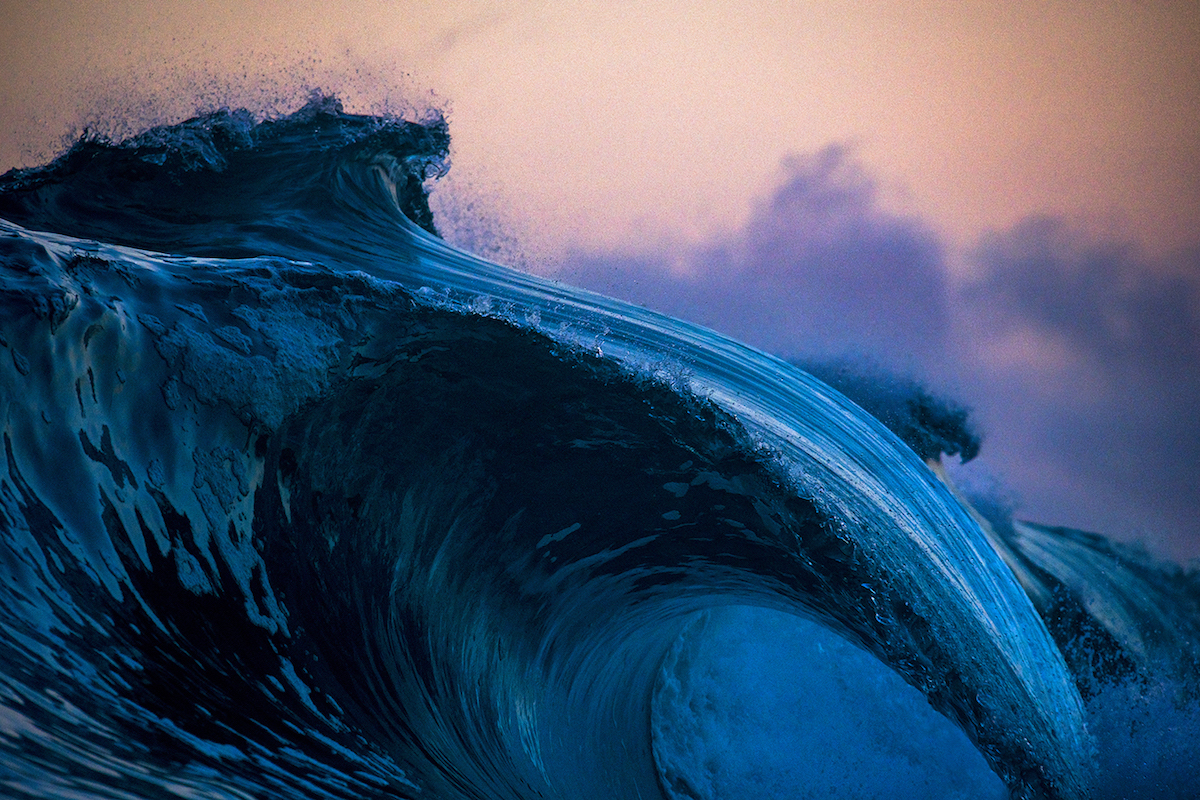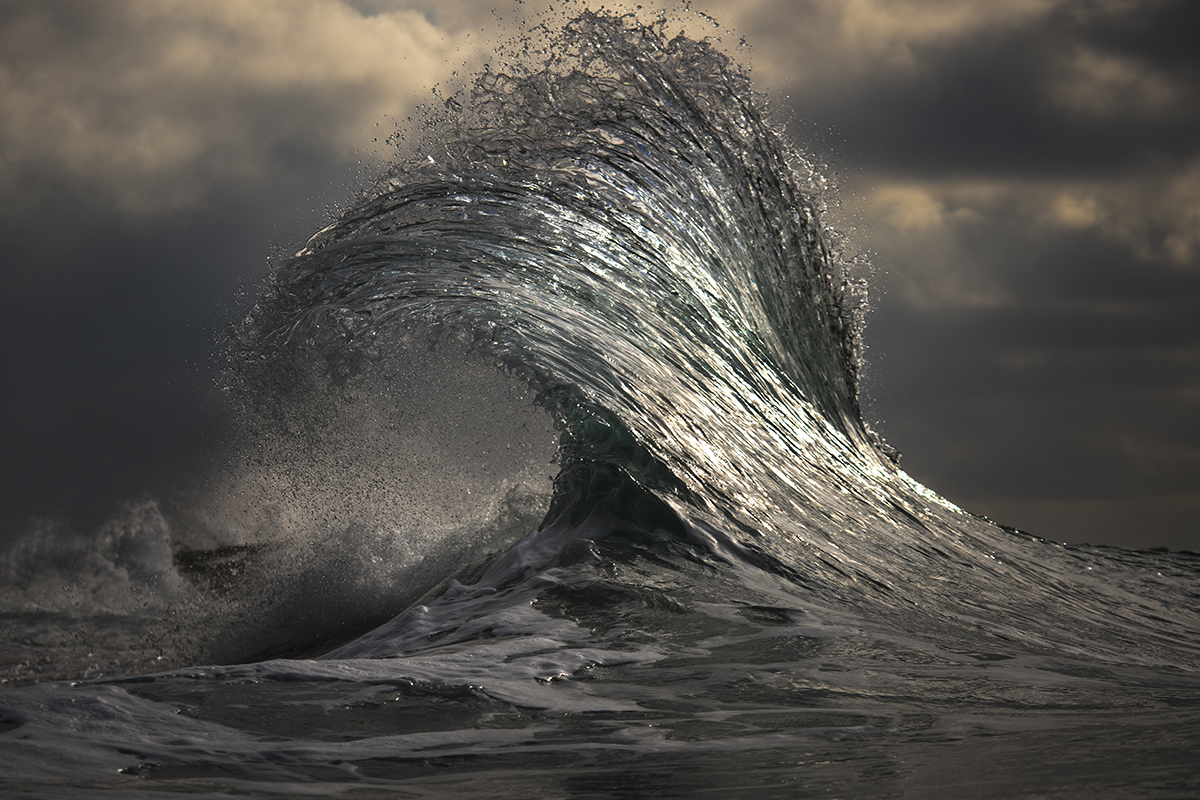
This post may contain affiliate links. If you make a purchase, My Modern Met may earn an affiliate commission. Please read our disclosure for more info.
Australian photographer Ray Collins has turned his love of the sea into a career with his stunning wave photography. For years we’ve watched as the colorblind photographer advanced his career, first with his series Seascapes and most recently with his collaborative cinemagraphs.
Collins, who bought his first camera in 2007 and left a job as a coal miner to pursue his passion, has collaborated with National Geographic, Vogue, Patagonia, Apple, and Nikon. His photography shows the unique power of water, lovingly captured to show this element in every stage of life—from calm and languid to rough and clamorous. And the artistic visuals of his photography have allowed him to dabble both in the commercial and fine art worlds.
Collins is constantly pushing his work, traveling around the world to immortalize waves. His second book, Water & Light moves from Iceland to Tahiti, all in the name of photographing the ocean and he was recently featured in the documentary Fish People, which is now viewable on Netflix.
We had the chance to speak with the sought after photographer about what sparked his love for the ocean and how he captures the essence of waves. Read on for our exclusive interview.
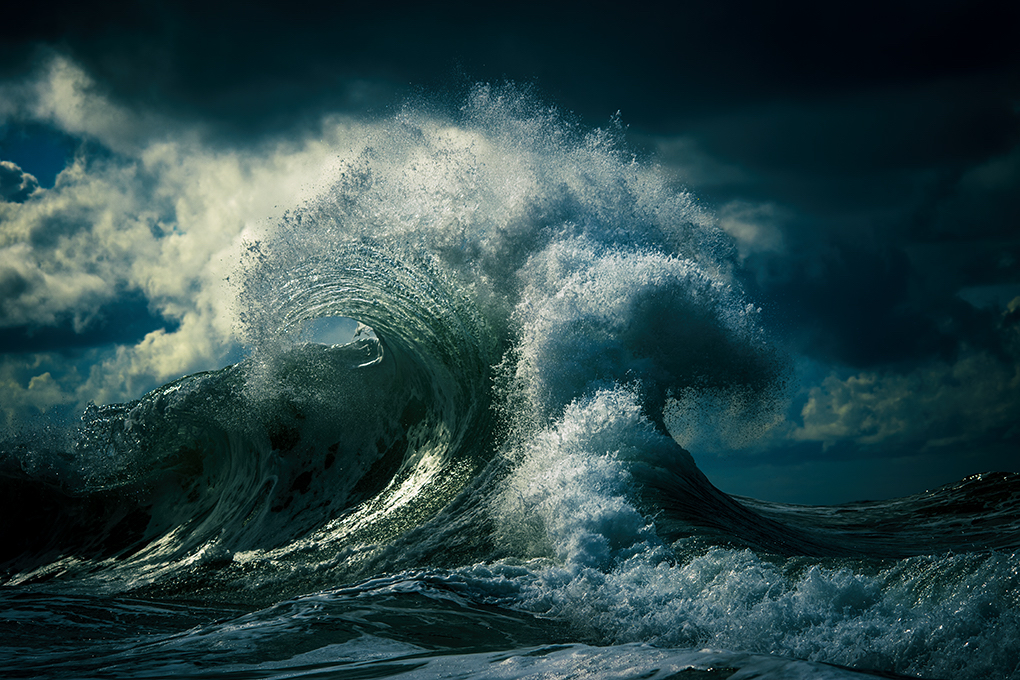
How did growing up in Australia form your relationship with the sea?
It’s really all I’ve ever known. We’ve always lived near the coastline—most Australians do—and as a child, you tend to explore your immediate surroundings. For me, this was beaches, cliffs, and coves that dot the landscape of where I live.
The Ocean has been the one single constant in my life. At any stage of life, at any time, during any emotion—it is there for me.
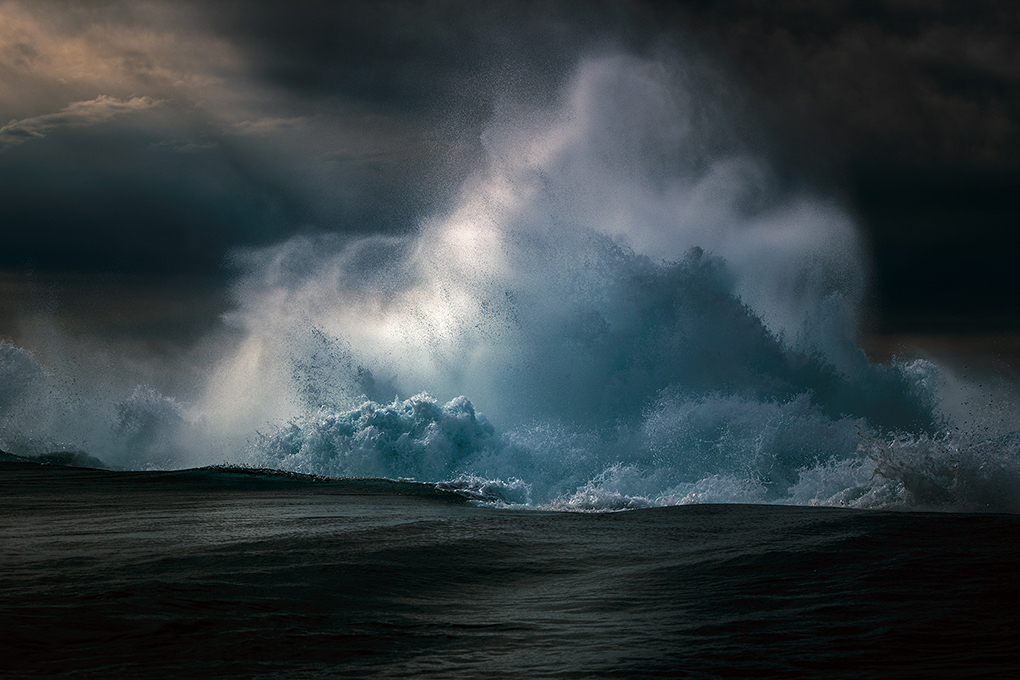
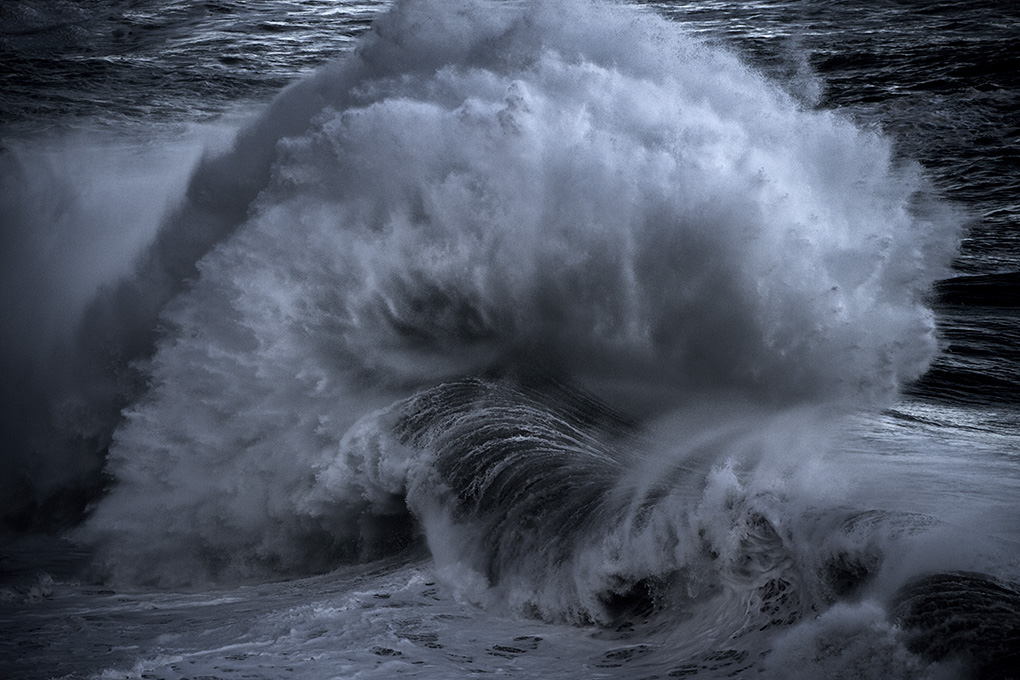
You bought your first camera to document friends surfing. How did this evolve into just focusing on the waves?
Looking back it was the entry point to waves. Even in my earliest work, the “human” element was only to give the wave scale and composure.
The more I evolved in my work the more I concentrated on just how delicate and beautiful water can be. The shape it takes on, the textures, the “feeling” of it.

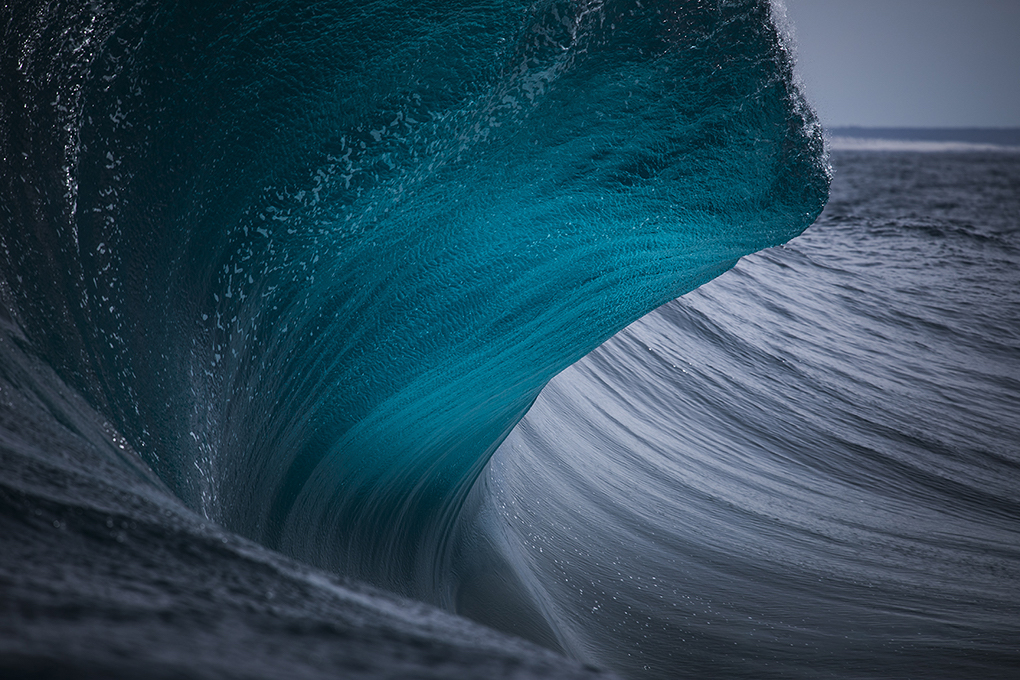
What is it that inspires you about waves?
They are literal waves of energy that move through water and they never repeat themselves! There’s no re-shoot, ever! No rewinding or second chances. All of this, along with its sheer beauty inspire me every day.
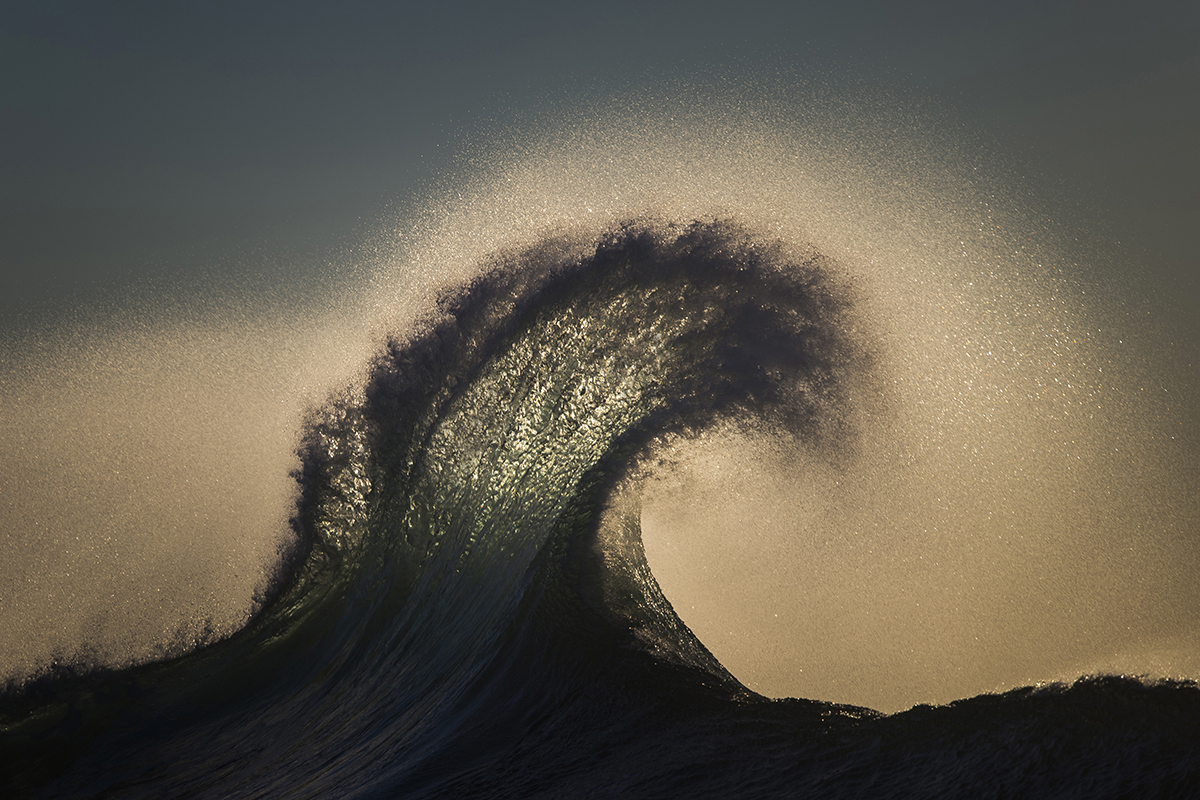
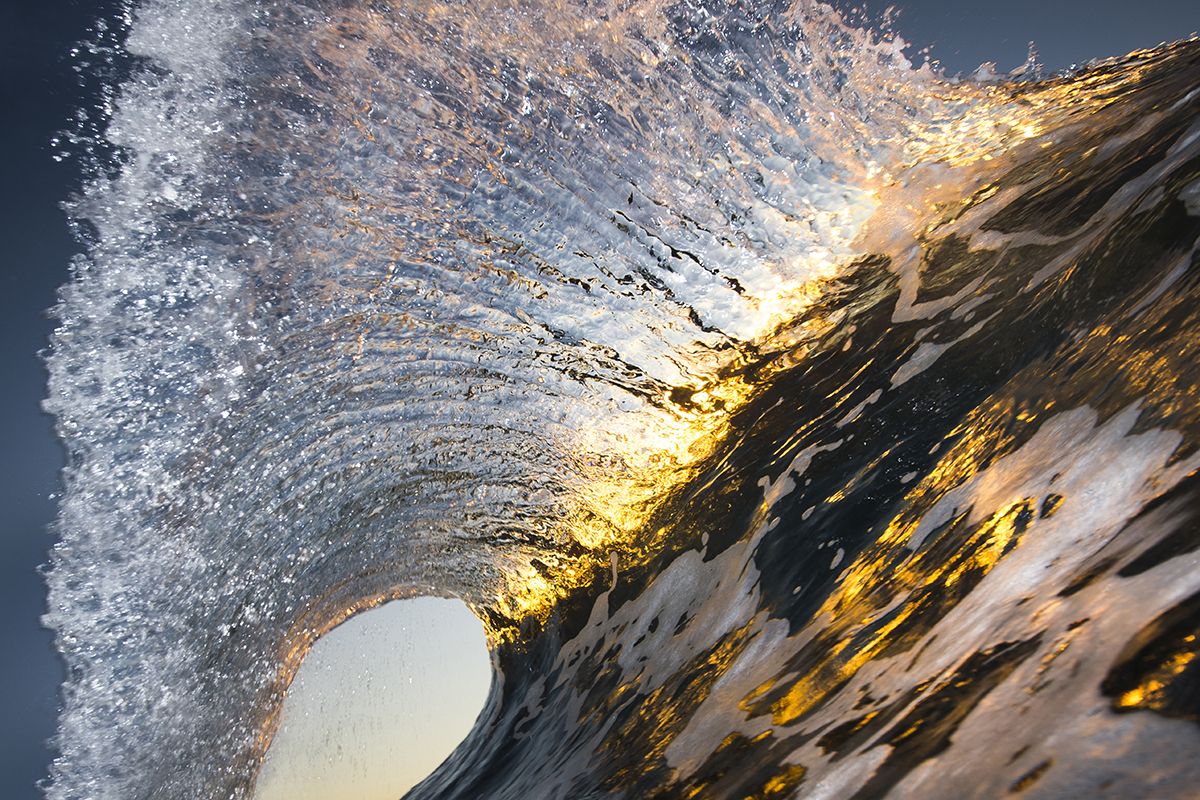
How does your colorblindness help—or hinder—your work as a photographer?
I think it helps by removing the “distraction” of color, allowing me to focus on contrast, tones, textures, and compositions. If I’d always seen the same way as everyone else, maybe my work wouldn’t be as unique.
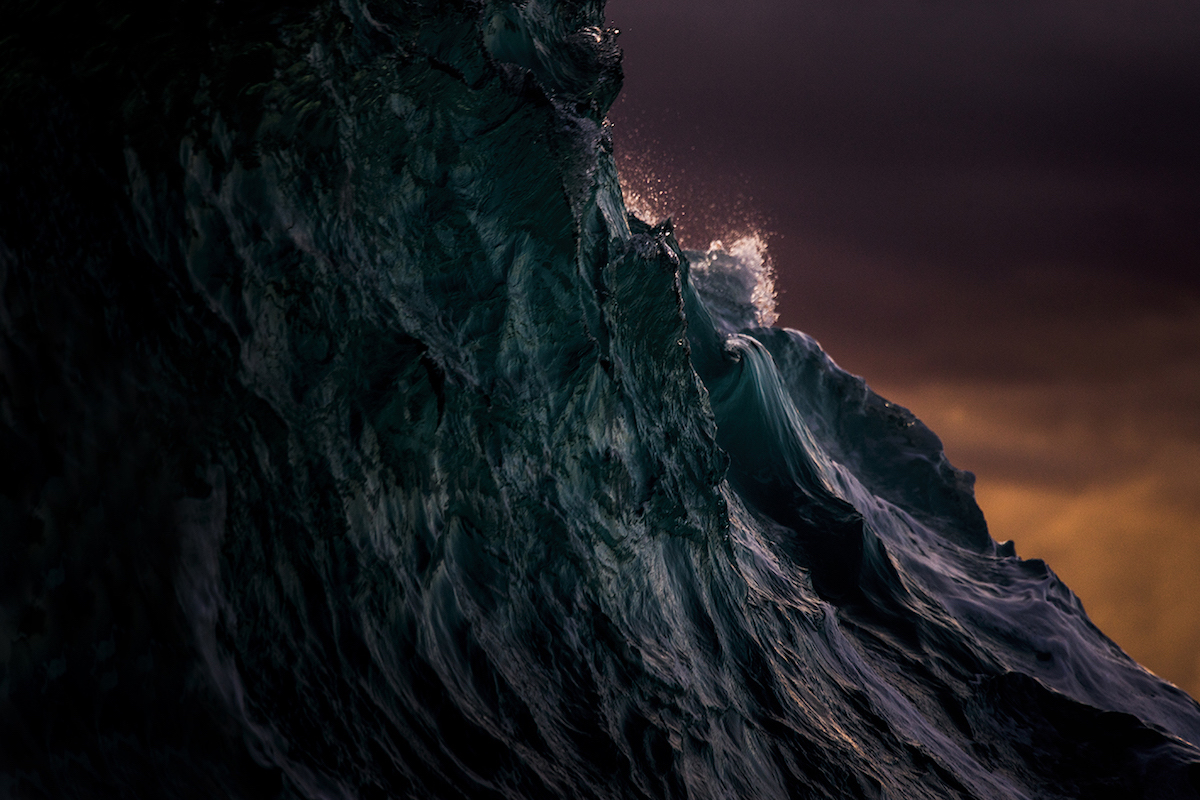
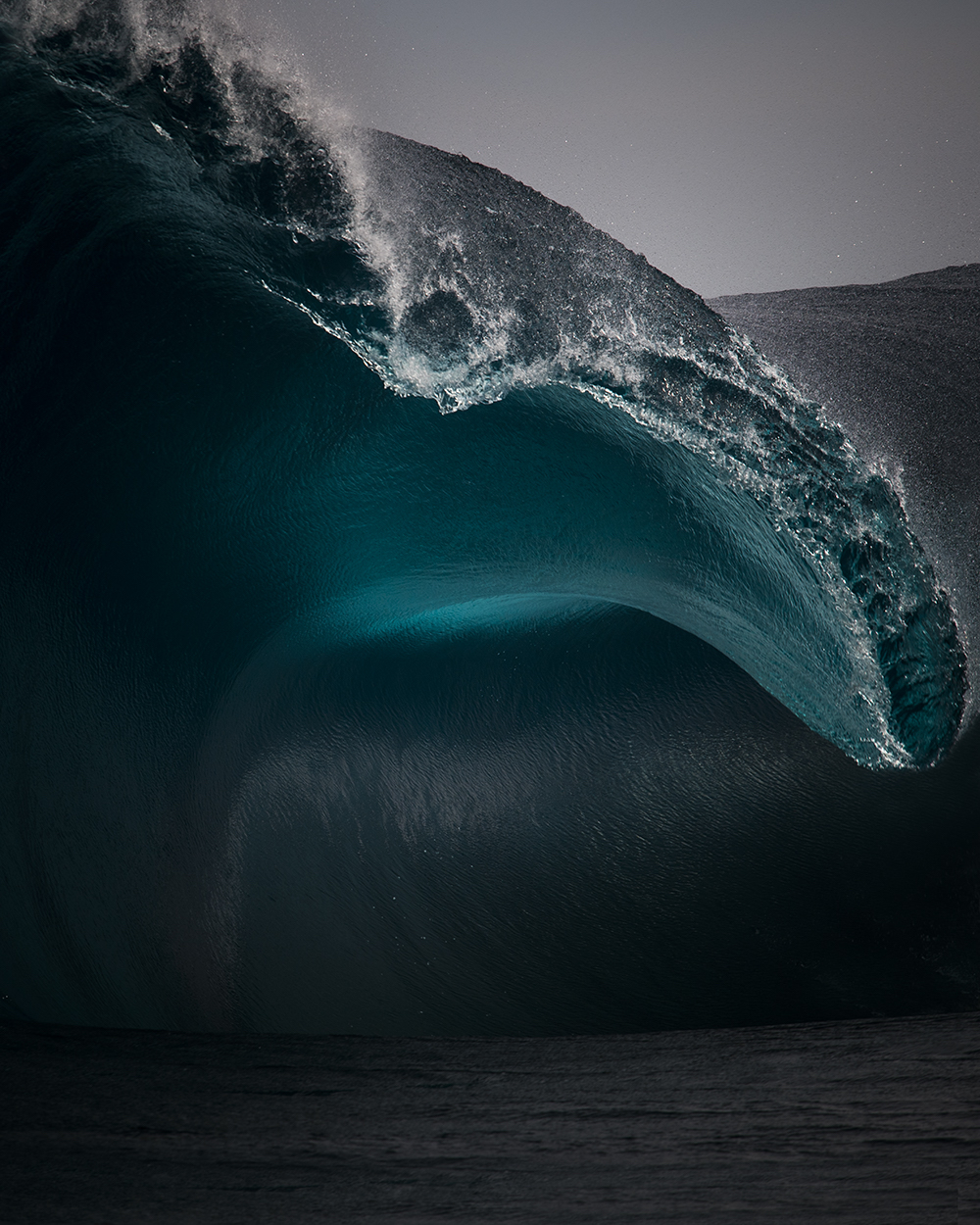
What’s your standard technique for going out on a shoot?
The actual process of pressing the button to capture the image is usually three-quarters of the way down the list. Before anything happens. I try and do as much homework as I can about the area. I’ll study a range of weather maps, keep an eye on the forecasted tides, and be watching high- and low-pressure systems to help understand the swell—all of these must be considered first.
Sometimes it’s as easy as rolling out of bed and going for a swim though.

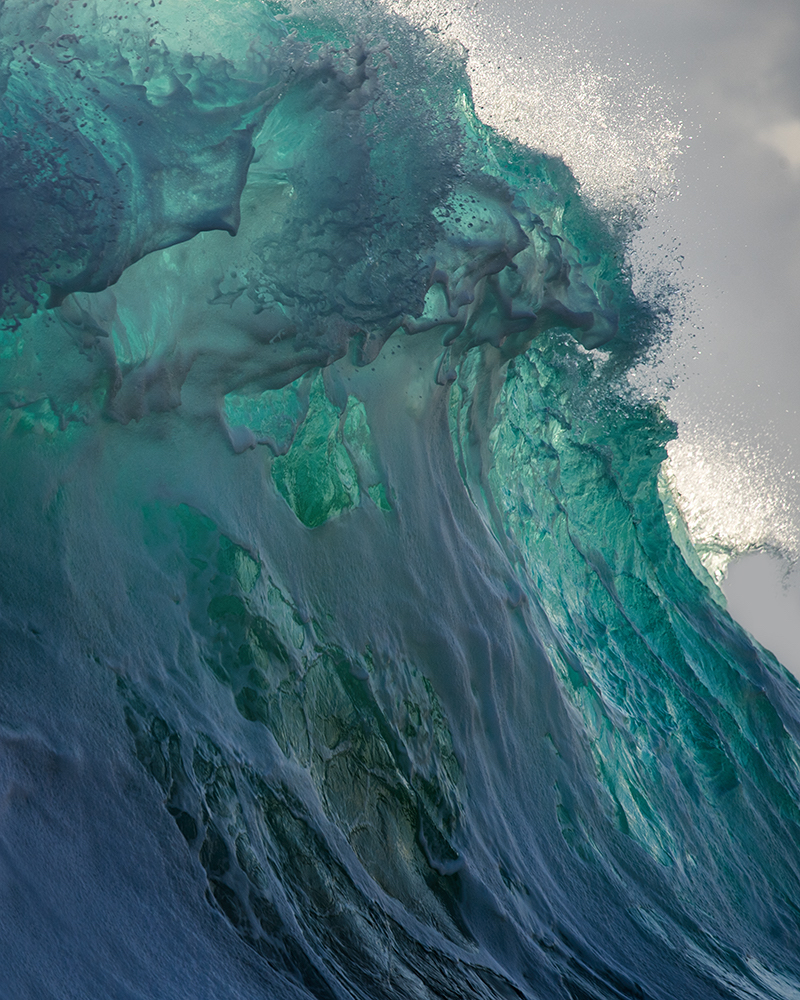
Is there particular weather or lighting conditions you look for?
I like the first and last light of the day the most. I’m working with horizontal light, either front or backlit, and I absolutely love clouds. They are like a big softbox in my studio.
You’ve collaborated with Armand Dijcks on Elemental, which sets your work in motion. How did that collaboration come about and what was the most enjoyable part of working together?
Part chance, part fate. He is the very best at what he does, and a great human being too. I think in the era which we live in we’re almost like pioneers (i.e. the digital medium, the ability to share, social media). None of this would have been possible even a few years ago. That goes for the Cinemagraphs that Armand makes, too. It’s a new technology. I’m always hoping to evolve as a person and as an artist. These moving images just felt right.
We started small together, realized we both like the finished products and over time it has evolved into a great partnership. We have multiplied both of our crafts by trusting the other person—it’s a really cool collaboration.
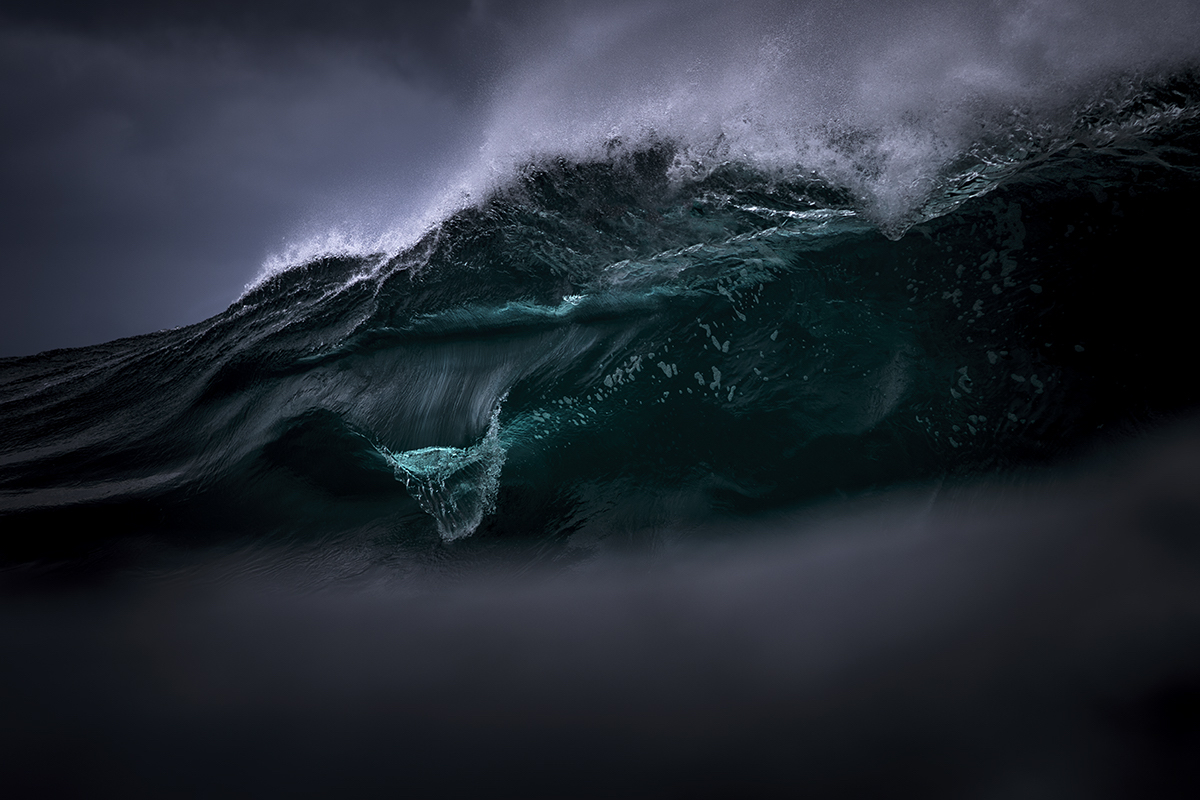
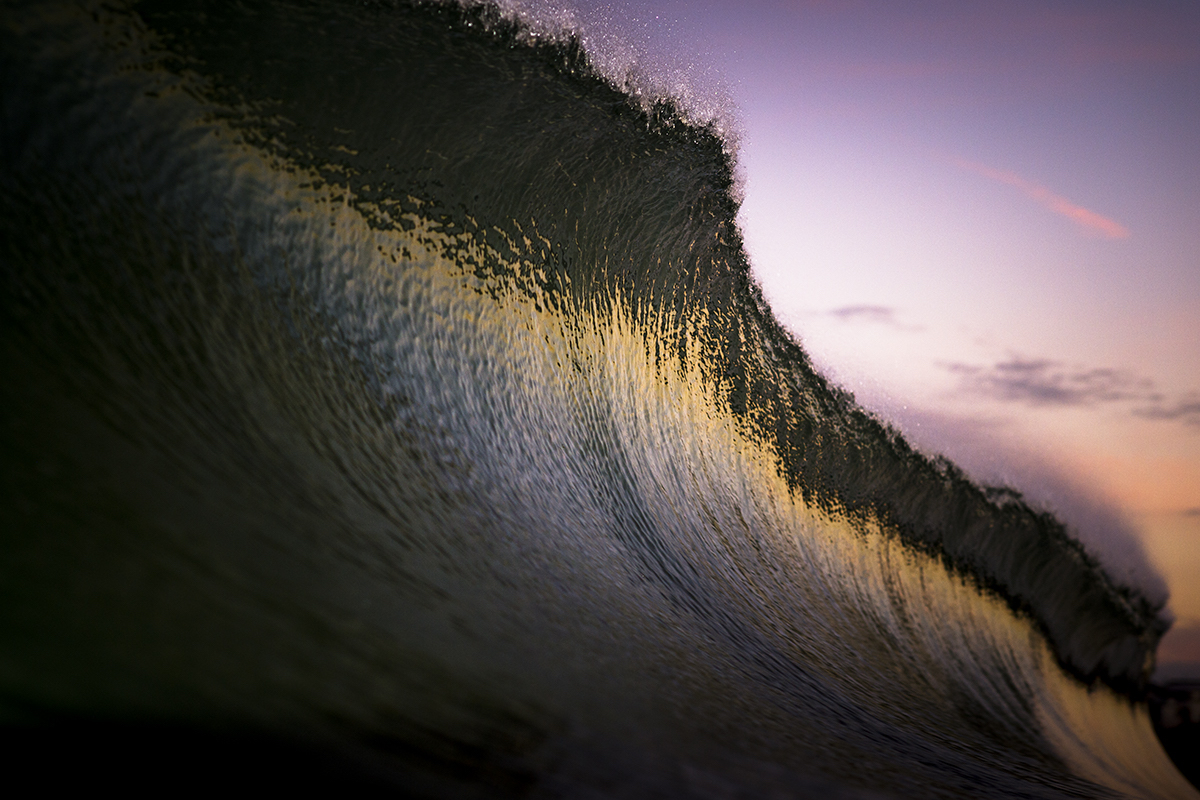
What do you hope that people take away from your photography?
Like all art, it is interpreted differently for different people, but overall my aim is to make the viewer “feel” something. It doesn’t necessarily have to be a nice feeling, just something.
As far as the impact of what’s being viewed… It would be my worst nightmare for the ocean to become a floating garbage patch. It scares me to think that our grandchildren might not be able to appreciate the beauty we take for granted.
Although my images display a lot of power and force, the ocean is extremely delicate, and it’s transitioning through some of its greatest challenges of modern times—pollution.
I hope the viewer is inspired to put nature over convenience as far as plastic goes, so we can keep the ocean as pristine as it can be.
What’s next?
Being present, being better than I was yesterday.
